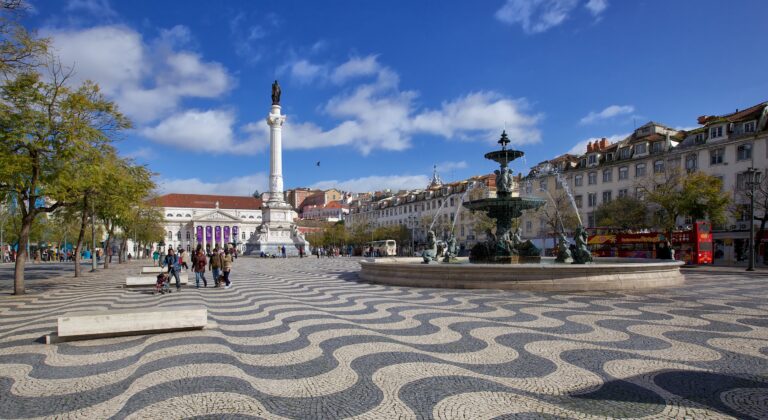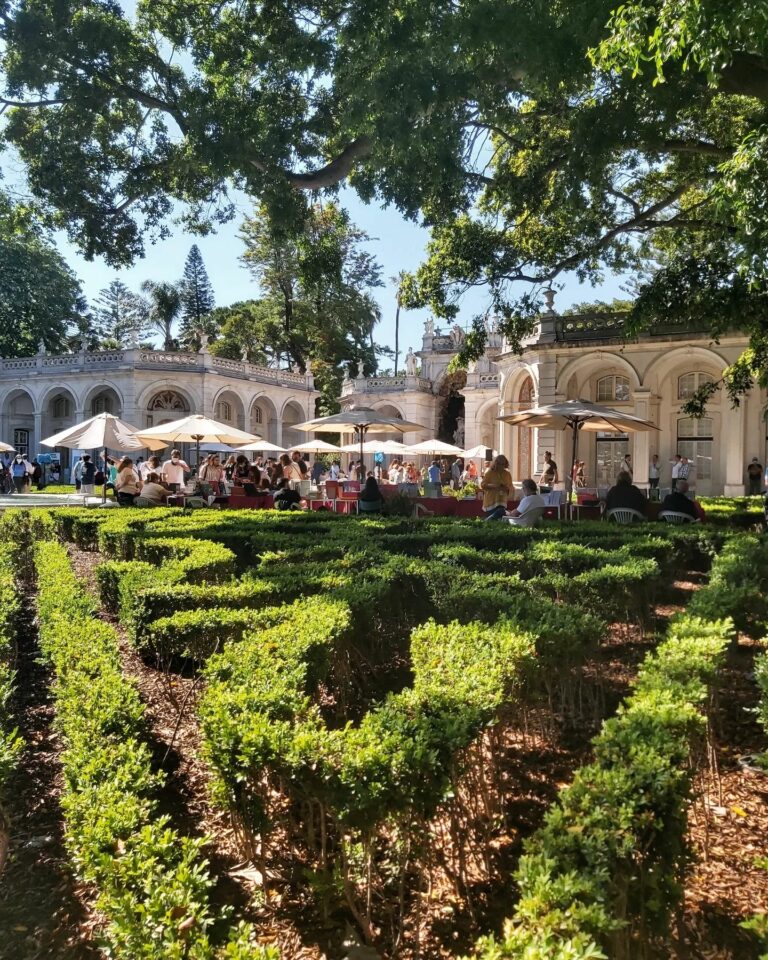When visiting some locations like the Castelo São Jorge, you might catch a glimpse of the ruins that are the Teatro Romano.
The Roman amphitheatre in Lisbon is a remarkable relic of Portugal’s past and is worth a visit if you are in Alfama, whether you love history or just want to admire the views of the Tagus River.
I would highly recommend taking a look. But if you’re unsure, here’s a visitor’s guide to better understand what to expect.
Historical Background
The Teatro Romano in Lisbon dates back to the 1st century AD, constructed during the Roman Empire’s expansion into the Iberian Peninsula in what was then the city center.
It was built to host public spectacles such as gladiatorial contests, animal hunts, and theatrical performances.
The capital city, known as Iulia Olisipo (Julia Olisipo) during the Roman period, played a significant role in Roman society as a center for entertainment and social gatherings from the 3rd to the 4th centuries AD.
The site saw various changes over the centuries, particularly in the 18th century, which influenced its preservation.
One notable figure associated with the ancient theatre is Caius Heius Primus, a significant Roman official.
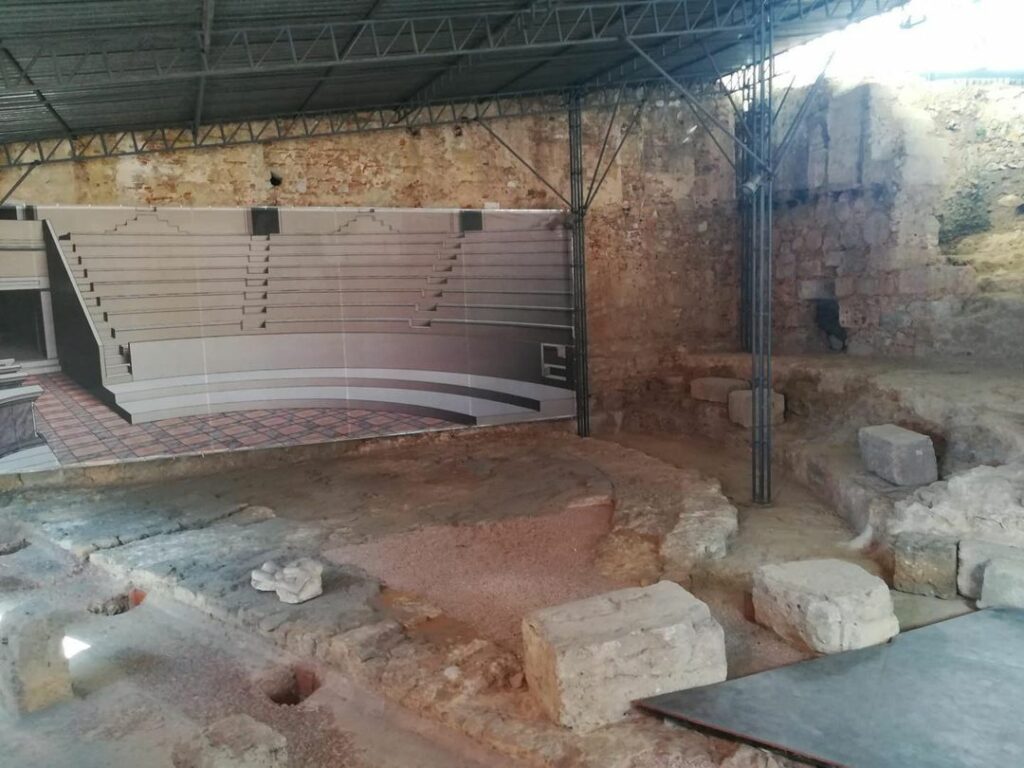
Visiting the Roman Amphitheatre
The Roman Amphitheatre is conveniently located and accessible via multiple modes of transportation.
A single-ticket ticket will cost about 6 euros, but you can get in for free using the Lisboa Card.
Location and How to Get There
The Roman Theatre is located on the infamous castle hill at Rua de Sao Mamede, 3A.
- By Metro: Take the metro to the Baixa-Chiado station, a short walk from the amphitheatre.
- By Bus: Several bus routes stop near the amphitheatre, including lines 714, 732, 736, 737, and 760.
- By Tram: The iconic Tram 28 stops close to the site.

Limited parking is available near the amphitheater on the Loureiro Floor, Portas do Sol, and Onion Field, so public transportation is recommended.
Walking can be difficult in this very hilly area, so I recommend using public transport.
Planning On Going To Lisbon?
I’ve created a trip planner where you enter the number of days you’re going and what activities you want to do.
Based on your input, you then get an entire vacation planned with ideas.

Contact Details and Opening Hours
You can find the latest contact details on the Museu de Lisboa ( Museum of Lisbon) website and up to opening hours.
Generally, you can expect it to be open from 10 AM to 6 PM on Tuesday to Sunday.
What to See and Do
The biggest attractions are, of course, the ruins of decorative columns and the different artifacts that you can marvel at.
However, if you would like more information, there are both guided individual and group tours.
You can also visit the portion converted into a more traditional museum to view the complementary exhibits.
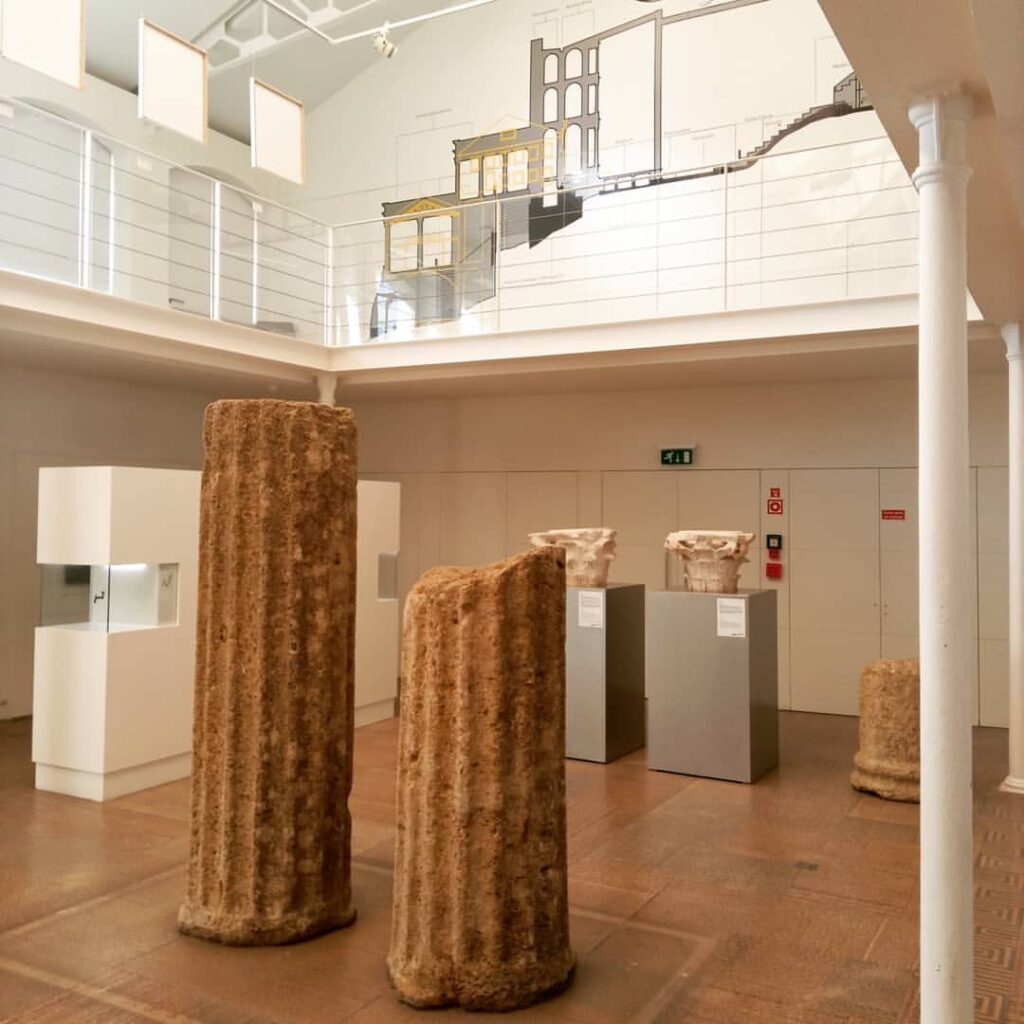
Practical Information for Visitors
You will be able to enter in a wheelchair, but some areas might be difficult for you to access.
You can expect there to be restrooms on-site, a small gift shop and a cafe.
I’ve found that early mornings and late afternoons are the best time to go if you want to avoid the crowds.
Hot Tip🔥: Don’t forget a hat and sunscreen, though, as even early hours can be brutally hot in summer.
Here are the best things to do in Lisbon In September 2024
I’ll send you a list of the best things to do in September and every month moving forward from today.
It’ll be based on my personal experience of living and traveling around Lisbon for years. I’m sharing a lot of hidden gems. 🇵🇹
Exploring the Surrounding Area
If you are heading into the area for the day, I highly recommend exploring the nearby attractions, such as the Lisbon Cathedral and the Castle of São Jorge.
There are also some great restaurants in the area. Alma is a great experience, with two Michelin stars. For traditional Portuguese food, try Chapitô à Mesa or Prado.
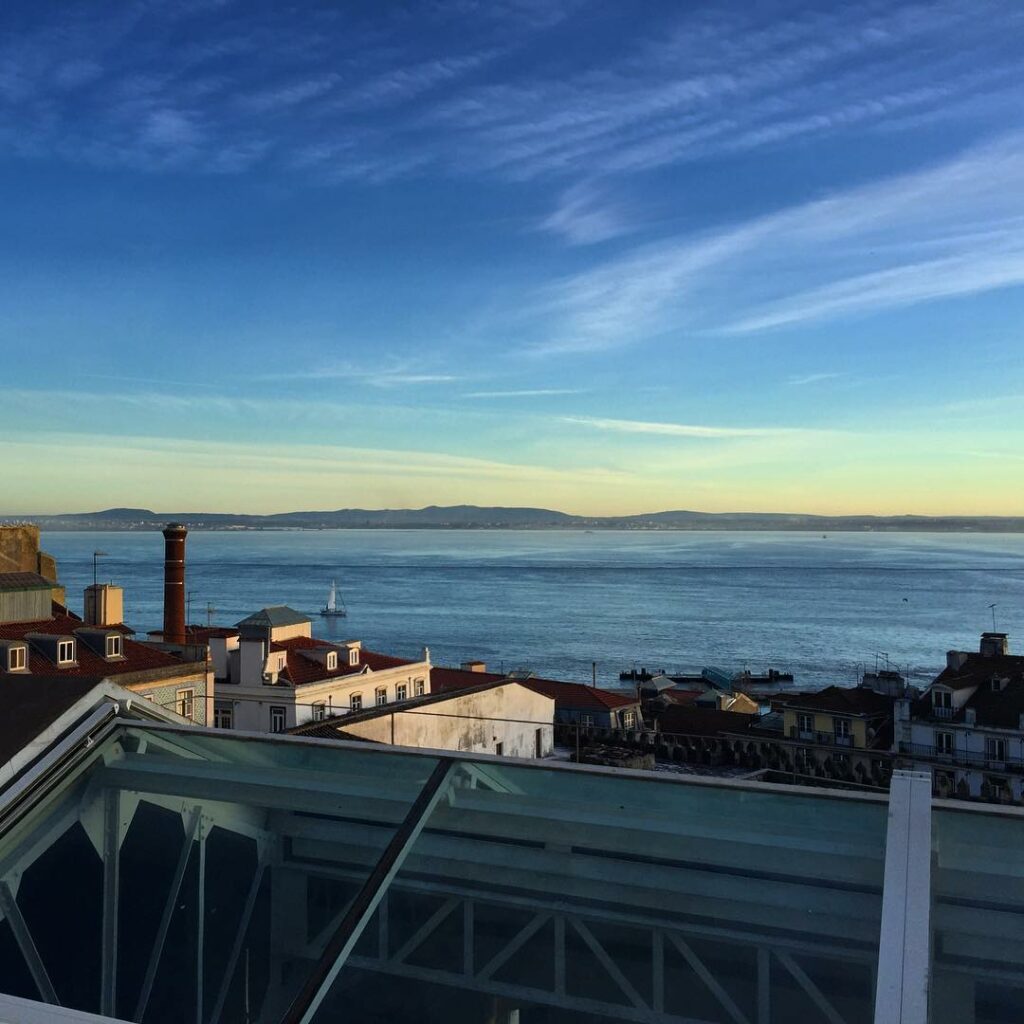
Wrap-up
I love to visit the Alfama district. There is so much to do that it makes a great day trip in an already cultural city and a good option for history buffs who only have a few days in the city.
If you are heading to Alfama, the Roman Amphitheatre is a must-see. Not only do you get a glimpse into the past, but you get an amazing view of the city.
For more information on attractions, restaurants, viewpoints, or places to stay in the area, check out some of my other posts on Alfama.



